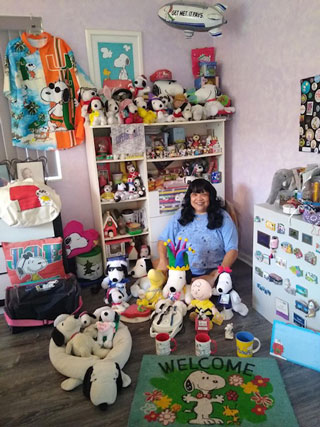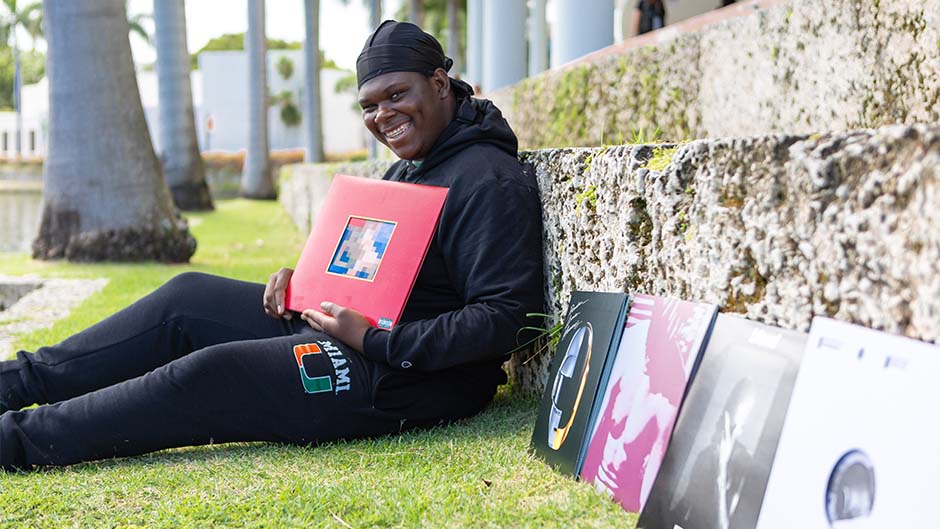It is one of our basic human instincts. We like to collect things.
Baseball caps, coins, stones, posters, movies, seashells, toys, art, manuscripts, stamps, and coffee mugs are among the many collectible items. You name it. We collect it.
Archeologists have found that as early as 105,000 years ago, humans collected crystals in the Kalahari region of southern Africa. They knew the crystals were brought there by humans because they did not exist naturally near the area where they were found, according to Forbes magazine.
“We know our lives are inextricably entangled with things and the earliest archeological records show that ownership of objects is a universal phenomenon that has existed across time, cultures and people,” said Kiara Timpano, professor of psychology in the University of Miami College of Arts and Sciences.
The reasons for collecting are numerous. Some do it for pleasure; others to learn more about the objects; others seek status or prestige; and many do it to show loyalty to their team, country, or hometown.
Some just get attracted to a genre and form a habit. Carol Reynolds-Srot is the university editor for University Communications. She has not met a Snoopy she has not liked.

Her interest in the happy-go-lucky beagle—a well-known member of the Peanuts comic strip gang—began back in college. Her collection is now in the high hundreds. Snoopy paraphernalia can be found in her office, home, and car. His image also graces four watches, socks, tons of T-shirts, and a lot more.
“I remember looking at something with Snoopy and it just cheered me up,” she said. “I am an avid dog lover and Snoopy was a cartoon dog. I am also a Type A personality. And he is laid back, cool, and kind of goes with the flow. He is everything I am not, but I want to be.”
In addition to the pleasant feeling people get from collectibles, many accumulate items because the objects represent something that they value or serve as a way to connect with others, Timpano said.
Noah Lapaix, a sophomore studying psychology and sociology, began collecting vinyl records last year. He now values the experience in a completely different way than listening to music on Spotify or Apple Music. He admits that collecting vinyl can be pricey, but for him it is worth it.
“When I bought my first record player and my first vinyl, it was a special moment for me,” he said. “It was a physical representation of something. Everything surrounding the record is often more important than the actual sound.”
He carefully examines each cover, reads everything on the album including all the credits, and delights in looking at the posters that accompany the album.
Lapaix’s collection includes nine of rapper Kanye West’s 10 studio albums, excluding his most recent release, as well as others by Tyler the Creator and R&B singer Frank Ocean. He plans to keep adding to his collection.
Research shows that in the 19th century, aristocratic collectors coveted rarities—such as fossils, illuminated books, and other objects—and displayed them, then later donated the items to museums. For the aristocrats, it was a way to show off their good taste and status in society.
Professional collectors continue to do that, of course, said Cristina Favretto, head of special collections of University Libraries.
“Many wealthy people collect as an investment,” she said. “They know the value of the objects and they know that the fact that they are collecting them often drives the prices up. If you know that a famous collector is collecting a specific artist, the ‘cache’ and visibility of that artist will go up.”
Many museums and special collections that we enjoy today come from wealthy families. The powerful Medici family was a banking family in Florence whose members collected art and sponsored artists in the 1500s. Their extraordinary art collection is housed in the Uffizi Gallery in Florence.
The University benefitted from a wonderful donation, the Jay I. Kislak Collection of the Early Americas, Exploration, and Navigation—a collection of books, manuscripts, and artifacts from the early Americas, that is housed in the Kislak Center at the University of Miami.
“We are so thankful to all our donors like Jay Kislak, but we also get donations from students and community members,” said Favretto.
Donors should not underestimate the merit of any collection. While a collection may not have a high financial worth, it can offer a treasure trove of history. She cites a collection donated to the University Libraries of local menus from Miami restaurants, which can be of great value to anyone studying the food and entertainment industry in Miami.
“Restaurants come and go but through this collection you can look at what used to be offered, the different prices and so on,” she said. “The wonderful thing about collecting is that anyone can do it.”
Visit https://www.library.miami.edu/specialcollections/ to explore the University Libraries’ Special Collections online.
The Lowe Art Museum on the Coral Gables Campus is open Thursday—Saturday. Visit https://www.lowe.miami.edu/exhibitions/current---upcoming/index.html for information about current exhibitions. Admission is free through May 31, 2022, but admission tickets must be reserved in advance.

